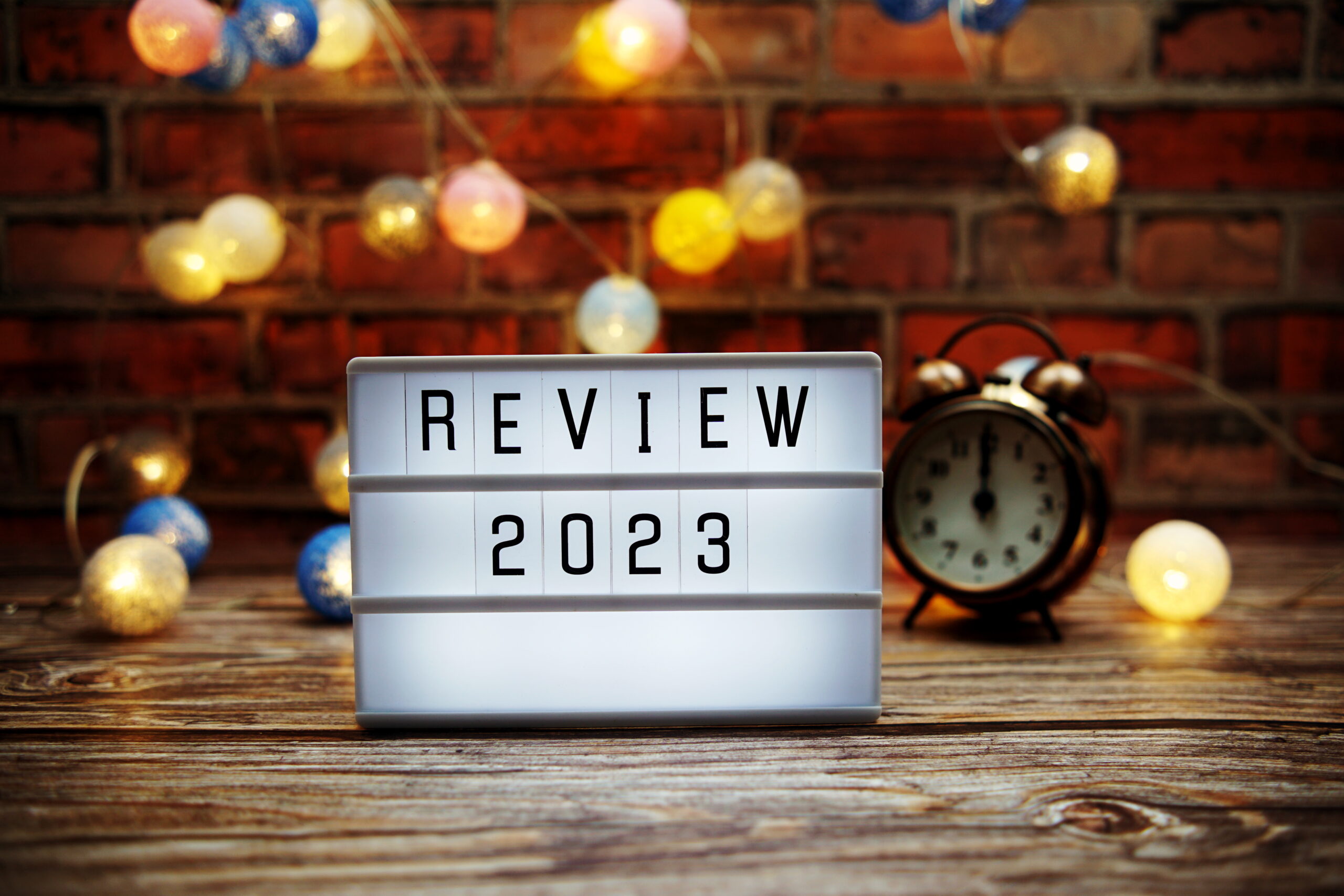Most clients understand that to truly reach your customers and audiences, you need to meet them where they are. I’m not suggesting you start knocking on doors and interrupting people at home during dinner. Consider this instead: Do your key customers seek out information on your website, visit your social accounts, or make phone calls? Do they go into the store, listen to a radio ad, or wait until they see specials in the newspaper?
If you consider all of the ways individuals receive information, you can also determine the methods (or channels) your company could leverage to reach those same individuals with important messages about your product or service.
This is the foundation of multichannel marketing: reaching your target audiences across a variety of channels with consistent and deliberate messages. It can include print, targeted digital advertising, in-store experiences, customer service calls (and even hold messages), billboards, building signage, and any other way people first learn about a product or company. Surprisingly, only 14 percent of organizations say they are running coordinated marketing campaigns across all channels.
It’s important to note that multichannel accounts for both outbound marketing directly to the potential customer, as well as the inbound avenues the potential customer might use to seek out information about your company or service. Ideally, no matter how they are receiving information, it’s the same brand and message.
Omnichannel marketing takes this philosophy to another level, creating an integrated customer experience from pre-sale through fulfillment that can feel personal to the targeted customer across all channels. No matter where the customer is in their buying process or what channels they are using to learn more about your products, they receive personalized and consistent messages that are relevant and uphold your brand promise. In fact, eighty-seven percent of customers agree that brands need to put more effort into providing them with a seamless experience. Omnichannel focuses on the overarching customer experience at every touch point (not just finding potential customers).
This is where ‘big data’ can make a difference. All of the information you possess about a potential consumer can help turn your multichannel strategy into an omnichannel experience. It allows you to be more targeted and personalized in your outreach based on past behaviors and buying habits. This is why a company like Amazon can remind you of items you viewed previously, notify you about sales on those items (and similar items), or alert you on items you’ve ordered on a regular basis (in case you are running low). They do this via email, targeted digital advertising, on their website, and on their app.
They don’t stop at the point of purchase, but continue to thank you, share updates on your delivery, remind you to reorder, and remarket to you by sharing additional information they think would interest you through various channels. Using your data, you can also optimize your multichannel and omnichannel efforts to reduce costs and increase revenue.
By knowing the most common places your customers are accessing information about your company (and even times of day and devices they use most frequently), you can reduce your spend and better focus your efforts on the channels bringing in the most leads or business. For those new customers you obtain through omnichannel efforts, their experience and customer satisfaction should also increase repeat sales in the future. Which type of marketing approach is right for you?
The chart below shares a summary of features for quick reference and focuses of these two marketing approaches.

Interested in learning more about different ways to reach your potential customers or clients? Let’s talk.



